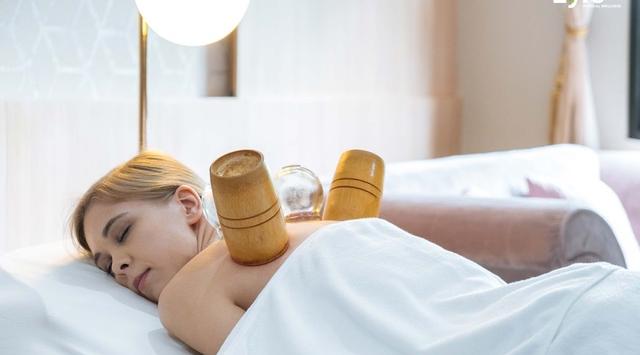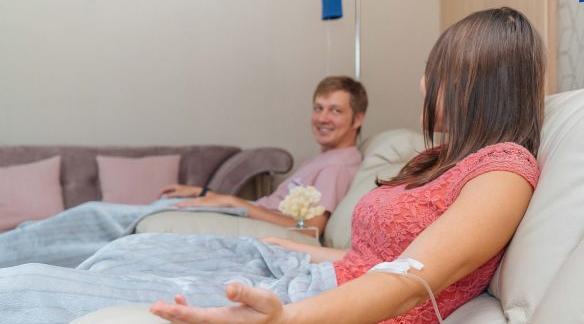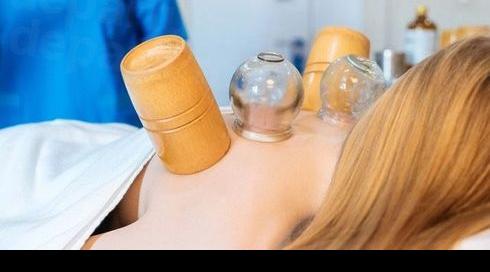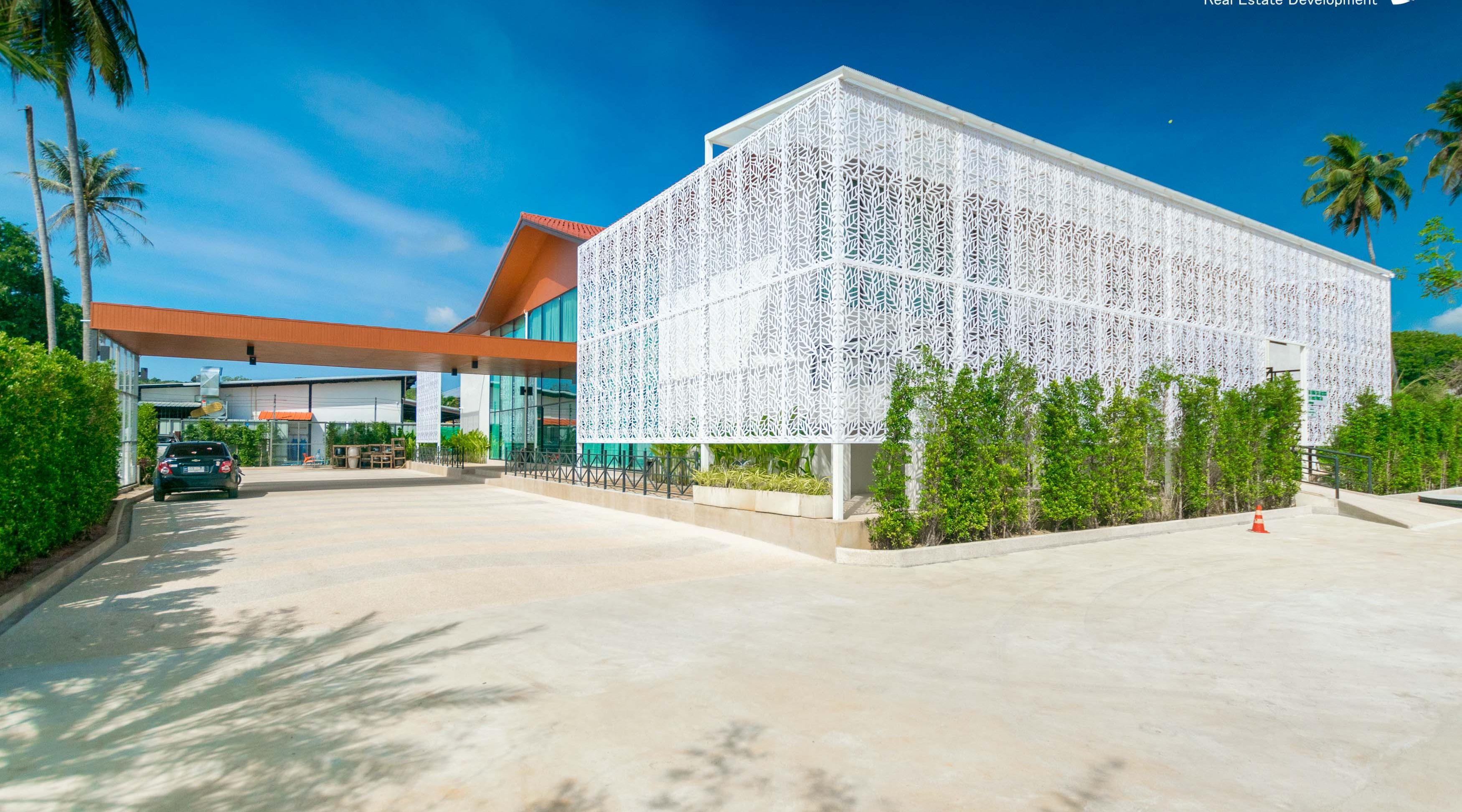Wrinkle reduction is a popular concern for many people as they seek ways to maintain a youthful appearance. One of the most effective treatments available today is Botox. This injectable treatment has gained widespread use for reducing the appearance of fine lines and wrinkles, particularly around the eyes and forehead. But how does Botox work, and what makes it so effective for wrinkle treatment?
What is Botox?
Botox, derived from Clostridium botulinum, is a neurotoxin that works by blocking nerve signals to specific facial muscles. When used in small, controlled doses, Botox can help prevent wrinkles from forming by temporarily paralyzing the muscles responsible for repetitive facial expressions that cause fine lines. The use of Botox is FDA-approved for cosmetic purposes, particularly for treating dynamic wrinkles—those caused by muscle movements such as smiling, frowning, and squinting.
How Does Botox Reduce Wrinkles?
Botulinum toxin injections, such as Botox, target the underlying muscles responsible for creating wrinkles. Over time, repeated facial expressions cause lines to form, especially around the eyes (crow’s feet), forehead, and between the eyebrows. By temporarily stopping the muscles from contracting, Botox helps to smooth the skin, resulting in a reduction in the appearance of fine lines and wrinkles.
It’s important to note that Botox is most effective for dynamic wrinkles. For static wrinkles—those that are visible even when your face is at rest—other treatments like fillers may be necessary to complement the effects of Botox.
What Are the Main Ingredients in Botox?
Botox contains botulinum toxin type A, which is the active ingredient responsible for relaxing the muscles. In addition to this, Botox includes human albumin (a protein found in human blood) and sodium chloride, which help purify and stabilize the formula for safe and effective injections.
Who Can Benefit from Botox Treatments?
Botox is widely used by people looking to reduce the appearance of dynamic wrinkles, particularly those around the forehead, between the eyebrows, and around the eyes. Anyone between the ages of 18 and 65 can benefit from Botox treatments, whether they’re looking to treat existing wrinkles or prevent wrinkles from forming.
In addition to its cosmetic benefits, Botox is also used for various medical conditions, such as excessive sweating and migraines. However, this article focuses on the cosmetic use of Botox for wrinkle reduction.
What Are the Benefits of Botox?
Botox offers numerous benefits that make it a popular anti-wrinkle treatment. Here are some of the key advantages:
- Non-surgical solution: Botox injections provide a non-invasive alternative to procedures like facelifts, with fewer risks and a quicker recovery.
- Fast-acting results: Results from Botox injections often appear within a few days after treatment, and full effects can be seen within 10 to 14 days.
- Minimal downtime: Most patients experience little to no downtime after getting Botox. You can resume normal activities almost immediately after treatment, although it's advisable to avoid strenuous activities for the first 24 hours.
- Preventive treatment: Botox can prevent wrinkles from becoming more pronounced by limiting facial muscle movements that lead to wrinkle formation over time.
- Safe and widely studied: Botox has been extensively researched and is FDA-approved, making it a trusted option in cosmetic dermatology.
- Temporary effects: For those who want to try Botox without committing to permanent changes, the effects of Botox are temporary and typically last 3 to 6 months.
What to Expect During a Botox Procedure
Understanding what to expect during a Botox procedure can help alleviate any concerns and make the experience smoother. Here’s a step-by-step guide to the process.
What Does the Consultation Process Look Like?
Before receiving Botox, you’ll have a consultation with a licensed medical professional. During this consultation, your provider will assess your facial muscles, skin elasticity, and overall wrinkle formation to determine the correct treatment plan. This is also an opportunity to discuss any goals or concerns you have regarding the treatment, including how long Botox lasts, and whether treatments like Dysport or other anti-wrinkle injections might be better suited for you.
How is the Botox Injection Performed?
On the day of the procedure, the treated area will be cleansed, and the Botox will be injected into specific muscles using a very fine needle. The injection process is relatively quick, typically taking about 10 to 30 minutes, depending on the areas being treated. Botox injections are most commonly used for reducing lines around the eyes, forehead lines, and frown lines between the eyebrows.
Multiple injections may be needed to achieve optimal results, depending on the size of the treatment area. For example, crow’s feet around the eyes or forehead wrinkles may require several injections to ensure even treatment.
What Should You Expect in Terms of Discomfort and Downtime?
Botox is a minimally invasive procedure, so discomfort is usually minimal. Most patients describe the sensation as a small pinch or slight pressure at the injection site. If you're worried about discomfort, your provider may apply a numbing cream or ice to the area before injecting Botox.
As for downtime, Botox has the benefit of requiring little to no recovery time. You may experience mild bruising at the injection site or slight swelling, but this typically resolves within a few days after treatment. You can usually return to your normal activities immediately, though it's recommended to avoid vigorous exercise or lying down flat for a few hours after the procedure.
How Long Do the Effects of Botox Last?
How Soon Will You See Results After a Botox Injection?
Botox doesn’t work instantly. Most patients start to see noticeable improvements in their wrinkles 3 to 5 days after the treatment. The full effects typically become visible after 10 to 14 days, as the muscles fully relax and the skin smooths out.
How Long Do the Results Typically Last?
The effects of Botox generally last between 3 to 6 months, depending on factors such as the area treated, the dosage used, and your body’s metabolic rate. Over time, the treated muscles will regain their ability to contract, and the wrinkles will gradually return. Regular Botox injections can help maintain smoother skin by preventing lines from becoming deeply set.
What Factors Can Affect the Longevity of Botox Results?
Several factors can influence how long Botox results last:
- Age and skin condition: Younger individuals or those with more elastic skin may see longer-lasting results.
- Facial expressions: Areas of the face with more movement, such as around the eyes or mouth, may experience shorter-lasting results due to frequent muscle contractions.
- Metabolism: People with faster metabolisms may notice that Botox wears off more quickly.
- Lifestyle factors: Sun exposure, smoking, and other factors that affect skin health can also shorten the longevity of Botox.
Conclusion
Botox is an effective, non-invasive treatment for reducing the appearance of fine lines and wrinkles, providing smoother skin and a more youthful look. Whether you’re looking to treat crow’s feet, forehead lines, or prevent wrinkles from forming in the future, Botox offers a quick and convenient solution with minimal downtime.
To learn more about how Botox can help you achieve your cosmetic goals, schedule a consultation with Lyfe Medical Wellness today. Our experienced professionals are here to guide you through the process, ensuring that you receive a treatment plan tailored to your needs.
Don’t wait—book your appointment now and take the first step toward smoother, more youthful-looking skin!




